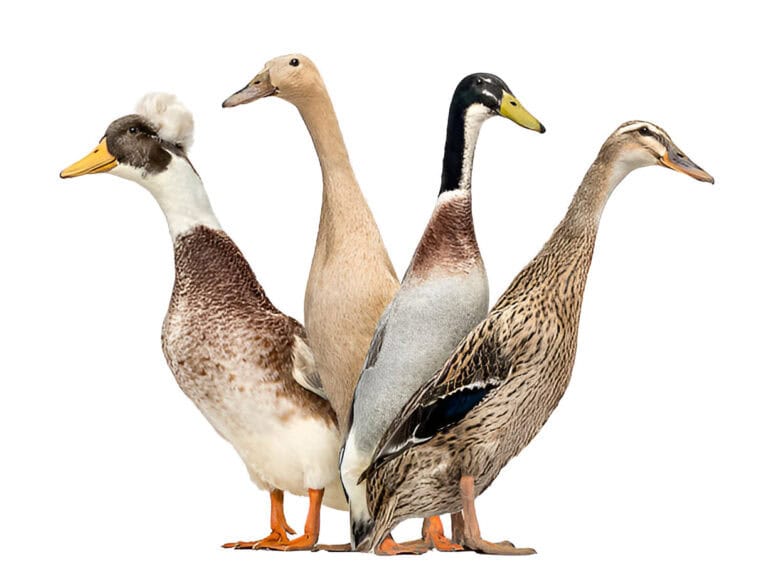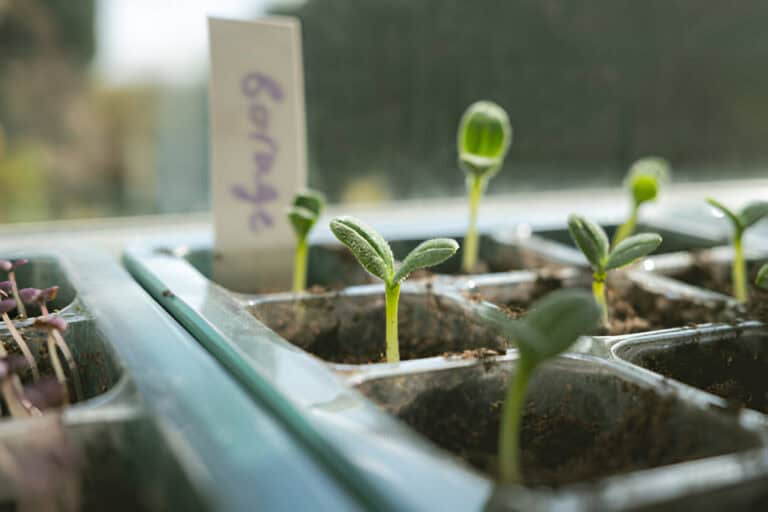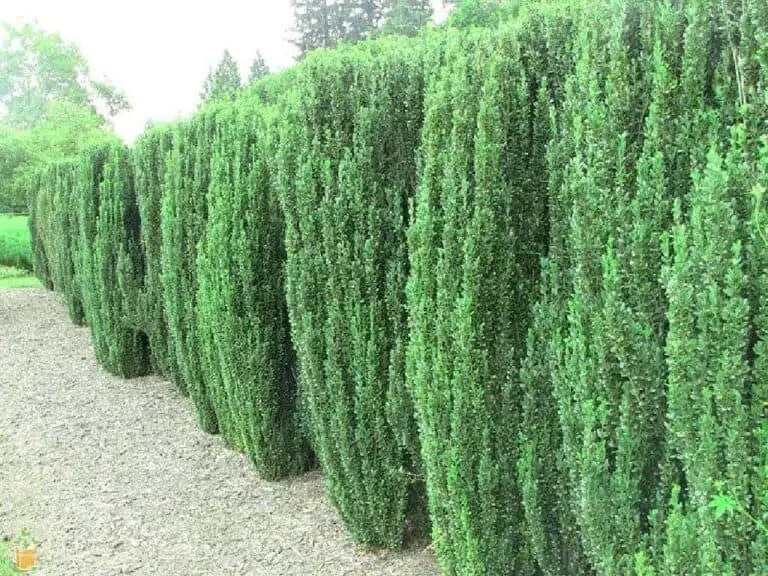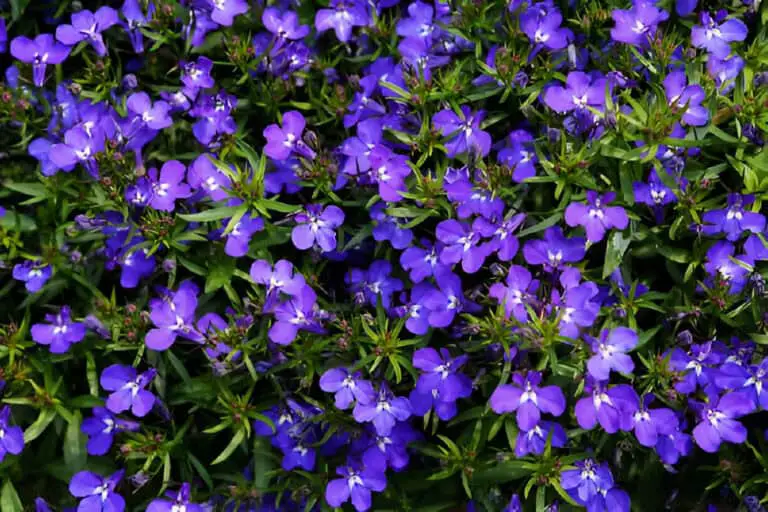Do Male Ducks Change Color? The Shocking Truth Feathers Don’t Tell

When I started keeping ducks, I expected the usual backyard antics: a little feather fluffing, splashy pond sessions, and the occasional quack-fight over who got the last tomato slice. But I definitely didn’t expect a full-on feather fashion show. One of my drakes, who had been strutting around with shiny green feathers like he owned the yard, suddenly looked dull—like someone turned down his brightness overnight. I actually did a double take and thought, Did he just go through a breakup or something?
If you’ve ever caught yourself staring at your male duck and asking, “Wait, wasn’t he shinier last week?”—you’re not losing it. Ducks, especially drakes, go through seasonal changes that can completely transform how they look. But is it just molting? Maturity? Something else?
In this post, I’ll break down why male ducks change color, when to expect it, and what it means for their health and care. You’ll leave with clarity—and maybe a little more awe for your flashy (or not-so-flashy) feathered friend.
The Great Molt: Nature’s Costume Change
Ducks, especially males, go through a seasonal style swap called molting. It’s like shedding your Sunday best for comfy loungewear. During late summer, drakes shed their vibrant breeding plumage and grow something more muted, called eclipse plumage.
Here’s a quick comparison:
| Feature | Breeding Plumage (Spring) | Eclipse Plumage (Summer/Fall) |
| Color Brightness | Bold, vibrant | Dull, camouflaged |
| Head Color (Mallard) | Iridescent green | Brownish, like a hen |
| Purpose | Attract mates | Protection during flightlessness |
| Duration | Few months | Lasts until next molt |
It’s not just about looks—this change is part of their survival toolkit.
Why the Sudden Makeover?
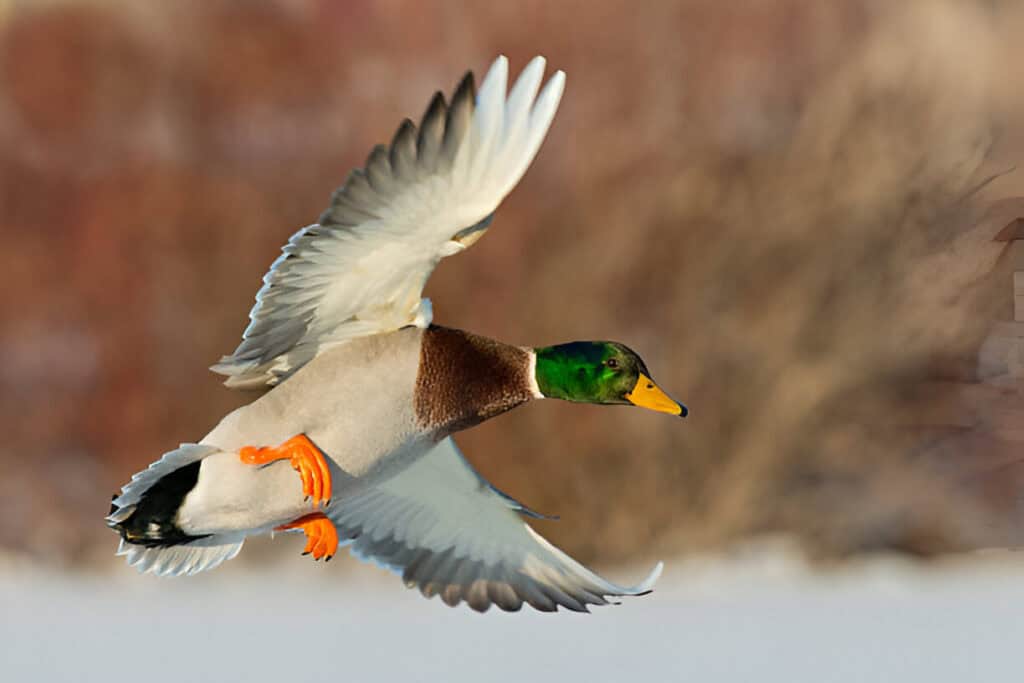
This color change isn’t just duck vanity. It’s actually a biological necessity. During molt, ducks lose all their flight feathers at once and become temporarily flightless. Imagine trying to escape a fox while dressed like a peacock—yeah, not ideal. So, nature dims the lights a bit to help them blend in.
Here’s what I noticed in my flock:
- Steve, my glossy green-headed drake, became nearly indistinguishable from the hens by August.
- His bright chestnut chest faded to a dusty brown.
- A few weeks later, he strutted back in full color, like a guy who just found his favorite leather jacket.
Not All Breeds Molt the Same Way
Some duck breeds like Pekins or Khakis don’t show drastic color differences, while breeds like Mallards and Rouens put on a full show.
Here’s a breakdown of how color change varies by breed:
| Duck Breed | Visible Color Change in Males | Notes |
| Mallard | Yes | Very noticeable eclipse phase |
| Rouen | Yes | Similar to Mallard |
| Pekin | Minimal | All white—no flash to lose |
| Muscovy | Slight | More subtle shifts |
| Cayuga | Yes | Greenish sheen may dull |
Hormones: The Feathered Puppeteer
Hormones play a crucial role in all this molting magic. As daylight decreases after the breeding season, testosterone drops, triggering the molt. Think of it like nature flipping a switch: “Show’s over, boys!” Their fancy feathers fall out, and suddenly you’re staring at a guy who looks like he’s going through a midlife crisis.
But don’t worry—it’s temporary. As winter nears and daylight starts increasing again, so does testosterone. Then it’s back to looking sharp and showy, just in time to woo the ladies.
| Read: How to Keep Ducks Hydrated: Simple Solutions for a Thirsty Flock |
Common Myths About Duck Color Changes
Let’s bust a few myths I heard (and believed) before doing some digging:
- “My drake turned into a hen!”
Nope. He’s just in eclipse plumage. - “He’s sick—he looks pale!”
Probably not. Just molting. - “Maybe he’s a different breed than I thought.”
Happens, but again, likely just molting camouflage.
Signs It’s Just Molting and Not a Health Issue:
| Molting Sign | Health Problem |
| Gradual feather loss | Sudden bald spots |
| Dull color, even coverage | Patches or sores |
| Still eating/active | Lethargy or weakness |
If you’re ever unsure, it’s always smart to observe behavior, not just feathers.
The Comeback: When Ducks Recolor
By late fall or early winter, male ducks start growing back those flashy feathers. I call it their red carpet moment. Their heads go glossy, chests deepen in tone, and they act a little more proud again. That shift signals the upcoming breeding season. It’s like their version of cuffing season.
In fact, I sometimes forget how humble they looked a few weeks ago—it’s like watching a butterfly emerge.
Common Misconceptions About Male Ducks
Male ducks, or drakes, often surprise new duck owners with their seasonal changes. One common myth is that a drake’s bright, glossy feathers last all year. In reality, most drakes molt after breeding season and take on a duller, more camouflaged look called “eclipse plumage.” This helps them stay hidden from predators when they’re flightless during the molt.
Another area of confusion is gender identification. People often assume that males always have the brightest feathers, but during eclipse season, they can look almost identical to females. If you’re relying on color alone, you might mislabel your entire flock.
Here’s how to tell the difference:
| Trait | Male Duck (Drake) | Female Duck |
| Voice | Low, raspy quack | Loud, distinct quack |
| Tail Curl (Pekin, etc.) | Curled tail feather | No curl |
| Eclipse Plumage | Dull brown, female-like | Consistent year-round |
Feathers aren’t just for show—they play a major role in survival, courtship, and health. Understanding their purpose helps you better care for your flock.
| Read: What Happens When Male Ducks and Roosters Share a Coop? |
Tips to Support Ducks During Molt
This process can be stressful for your ducks, so help them out:
- High-protein feed – Feathers need building blocks.
- Plenty of shade and water – Keeps them cool and clean.
- Keep them secure – They’re more vulnerable when they can’t fly.
- Limit handling – Let them chill while their new feathers come in.
A little TLC goes a long way. I always say, “Treat your molting duck like your favorite flannel shirt—don’t stretch it out or toss it around.”
Final Thoughts: Feathers Fade, but the Duck’s Still There
Watching my drakes transform each year taught me something: nature doesn’t do anything halfway. That dull bird in the corner? He’s not sulking—he’s just recharging. Once you understand the rhythm of their molt, it’s honestly kind of magical. One season they’re camo-clad soldiers, the next they’re parade kings.
So if your male duck starts looking like he’s swapped outfits with a hen, don’t panic. He’s just taking a well-earned break from the spotlight—and trust me, he’ll shine again soon.

